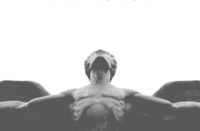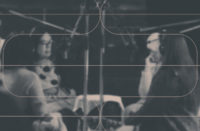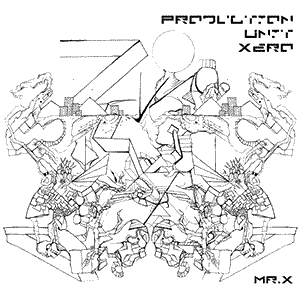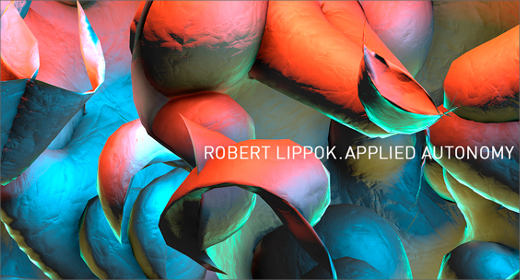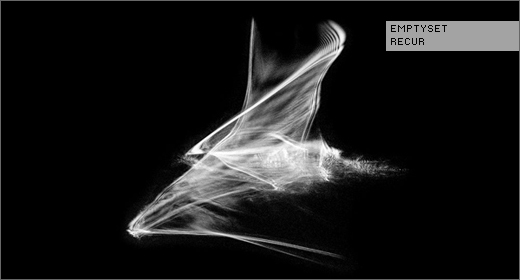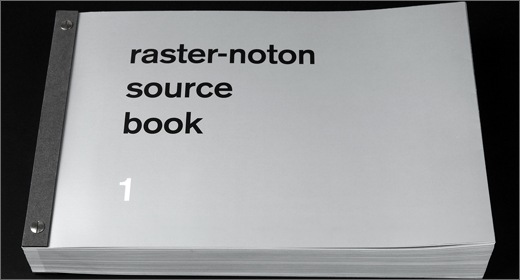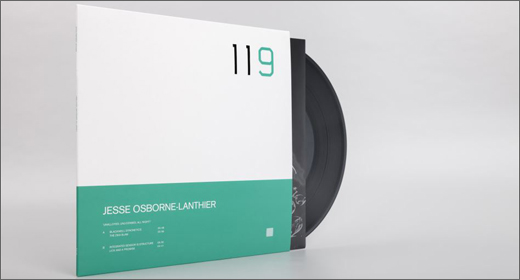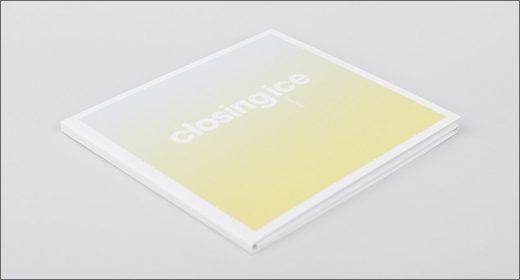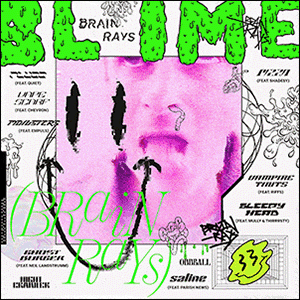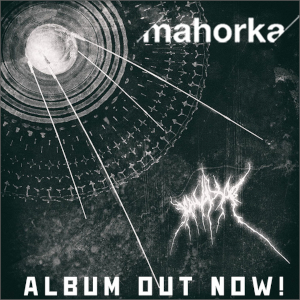Working more like character studies of the individual sounds therein than “songs” with structures and interrelated parts. This is a subtle distinction, much easier heard than explained—most of the tracks (pieces? it’s ambiguous) on Redsuperstructure do have “parts” or “sections,” in which musical variables such as timbre or the sounds themselves are added, taken away, or modified, but little of this fiddling produces any sensation of progression.
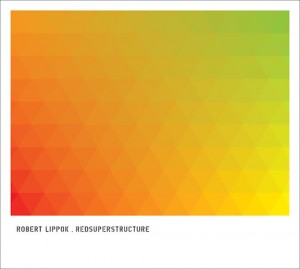
 I have found some of my favorite music through back catalog exploration. Back in high school, when I apparently had nothing better do to, I’d pick a label I was moderately familiar with (say, Planet Mu or Skam), and listen to every single full-length, EP, and 12” in order of catalog number. I made some great discoveries: Tim Tetlow’s Beauty Walks a Razor’s Edge, Joseph Nothing’s Dreamland Idle Orchestra, and Ambulance’s The Curse of Vale Do Lobo, to name just a few. Really—seek them out—they’re worth it.
I have found some of my favorite music through back catalog exploration. Back in high school, when I apparently had nothing better do to, I’d pick a label I was moderately familiar with (say, Planet Mu or Skam), and listen to every single full-length, EP, and 12” in order of catalog number. I made some great discoveries: Tim Tetlow’s Beauty Walks a Razor’s Edge, Joseph Nothing’s Dreamland Idle Orchestra, and Ambulance’s The Curse of Vale Do Lobo, to name just a few. Really—seek them out—they’re worth it.
I came across Robert Lippok‘s Open Close Open the same way, and it’s one of my favorite discoveries. Although it’s informed by the glitch aesthetic that was so in vogue at the time, it is also straightforwardly emotive in a way not much else on Raster-Noton was or ever would be. Sampling Mahler helped in that regard, but still; imagine finding that among the stuffy likes of Carl Michael Von Hausswolff or the 20′ to 2000 series. Uncharacteristic is the word.
So one can imagine my excitement when Redsuperstructure was announced. Great! A whole album of glitched-up Romanticism with some field recordings of birds. Doesn’t sound too bad, does it? Of course not, especially if you weren’t sold on R-N’s minimalist pretensions in the first place. Alas, Redsuperstructure as it exists doesn’t live up to my simplistic expectations, but neither is it entirely lacking in charm.
Most noticeable is the fidelity of the recordings. R-N has always had a peculiarly sterile sound, as if white-suited scientists assembled the music along side silicon chips in a dust-free room. Lippok’s methods of procurement aren’t as strict (as in, you’ll hear more than pure sine waves), but the samples themselves are just as clean. The ride cymbal on “Sugarcubes,” for instance: the sound itself is crisp, but its source is also immediately recognizable. The same goes for the snip-click-crack of fingers and palms on “Whitesuperstructure” and “Ncycle.” And while the rest of Redsuperstructure‘s ingredients may not be as obviously organic as those, they are still more colorful than the austere building blocks R-N privileged so highly 10 years ago.
While R-N may have relaxed its strict ethos in recent years, marking a shift (if a small one) towards popular appeal, its stable is still having difficulty transitioning from being composers (in the classical sense) to being songwriters. Lippok’s constructions are no exception, working more like character studies of the individual sounds therein than “songs” with structures and interrelated parts. This is a subtle distinction, much easier heard than explained—most of the tracks (pieces? it’s ambiguous) on Redsuperstructure do have “parts” or “sections,” in which musical variables such as timbre or the sounds themselves are added, taken away, or modified, but little of this fiddling produces any sensation of progression. This doesn’t turn out to be as much of a problem as it was on Symeta, though, since Lippok’s textures are especially well chosen, and Redsuperstructure received one hell of a mastering job.
Not surprisingly, the one piece that is least intended to work as a traditional song is the most successful—”Daylightastronomy,” fourteen minutes long and placed last, perhaps to set it apart from the rest of the album. It immediately calls to mind Alva Noto and Ryuichi Sakamoto’s collaborations, if only for the piano it samples and stretches across its entire length. “Daylightastronomy’s” pure, shimmering wall of tone outshines everything else on Redsuperstructure, and is easily Lippok’s best work since Close. And he didn’t even have to sample anyone this time!
I admit after that kind of finale I am always disappointed that not much else on the album compares to it. But things could be worse, right? “Daylightastronomy” could have been sequenced as the first track, or it could have been absent entirely. R-N’s sound has mutated to a point which would have been hard to predict in its early days, and now that I’ve heard this, Symeta, and other recent offerings from R-N, I’m more willing to recast those albums more as important steps towards a Ratser-Noton that is friendlier towards the rest of electronic music, even more “pop,” perhaps. Not that it makes the first 8 tracks of Redsuperstrcture any less (or more) satisfying, but it’s probably a more realistic way to set expectations of R-N’s output. I’m waiting for the follow-up.
Redsuperstructure is available on Raster-Noton. Buy at Raster-Noto shop, iTunes or Amazon







